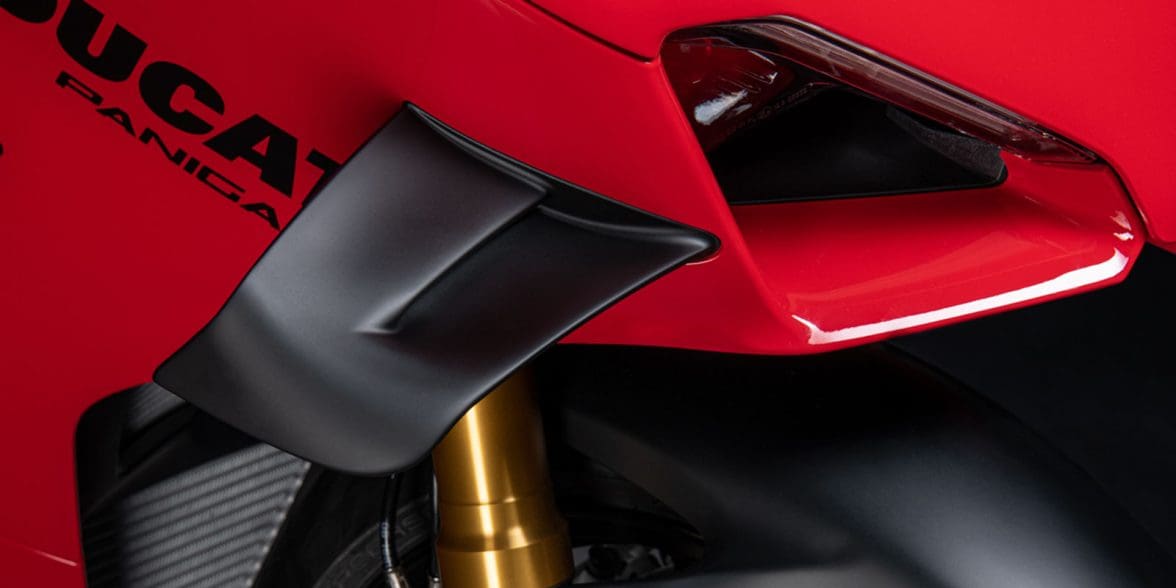Progress is a funny thing. Sometimes the best ideas fall in a heap and the things you were so sure would sell like gangbusters flop harder than a storage accident in a pork belly factory. But then along comes something like Tupperware, kombucha, or Justin Bieber and hey friggin’ presto, the world is a different place.
My point here is that you never know until you try, and now that the moto manufacturers have tried (or haven’t in the case of No. 1 below) there’s no harm in us all saying a big, “Thanks, but no thanks!” So in no particular order and without any further adieu, here’s our top 5 list of 2023 moto trends we’d like to go the way of flared jeans, Blackberry’s and Victory motorcycles…
5. Pay to Play or “Demo” Modes
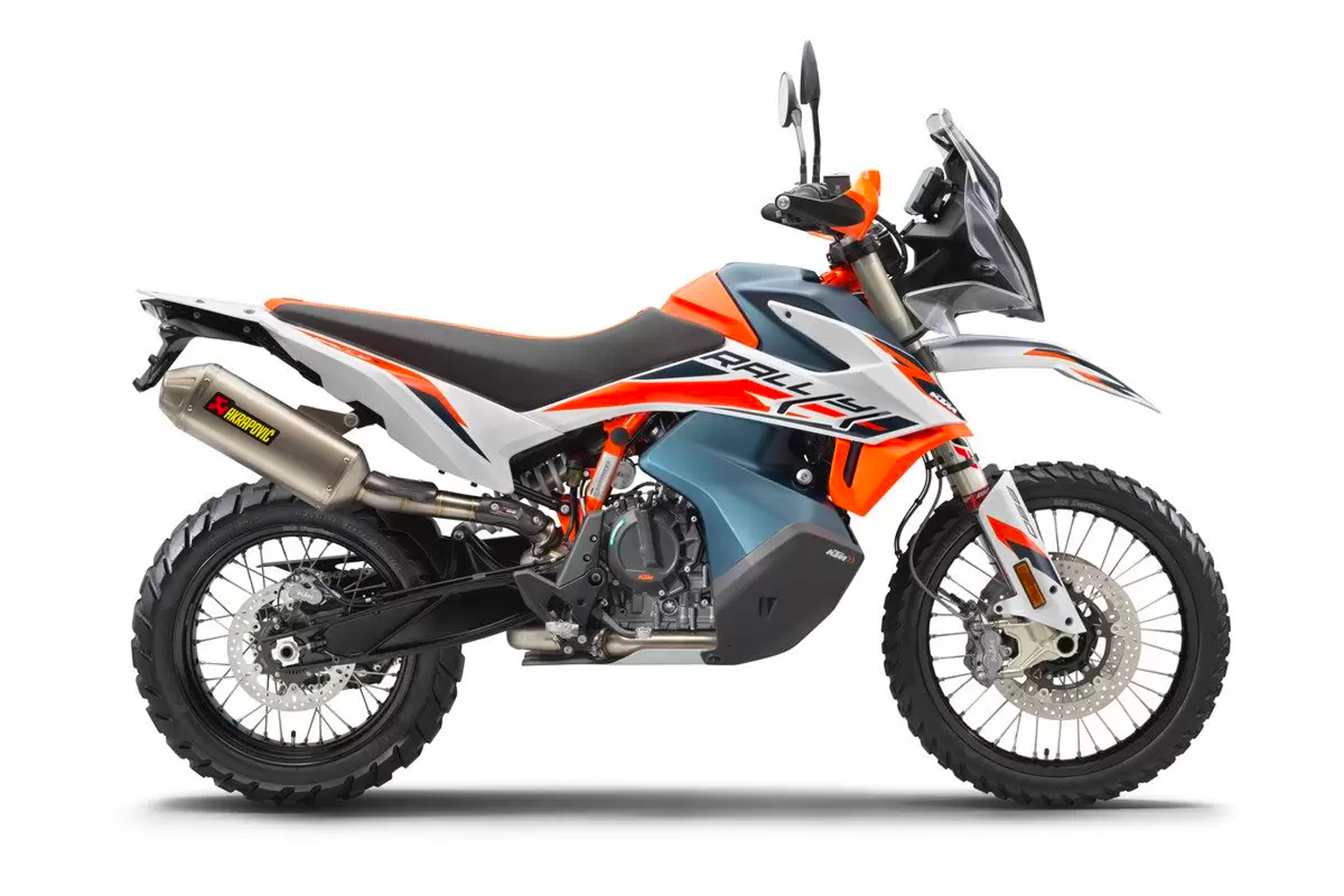
For those of you who’ve ever driven an electric car any decent distance, you’ll know that features like the company’s famous/infamous “Full Self-Driving” feature doesn’t come for free with the car. They require the car owner to pay for them via a monthly subscription. Now at first glance, this might seem like a good idea. You may not need all the car’s features all the time, so why not have certain things that you (say) might only need on a long road trip available only if and when you need them? Following Tesla’s lead, KTM saw fit to include a “Demo” mode on their 2023 890 Adventure R model that gave new owners access to all the bike’s features for the first thousand-or-so miles. Afterward, they disable the multiple ride modes, traction control and slide control, the quickshifter and the cruise control – among other features – unless the new owner paid more for them.
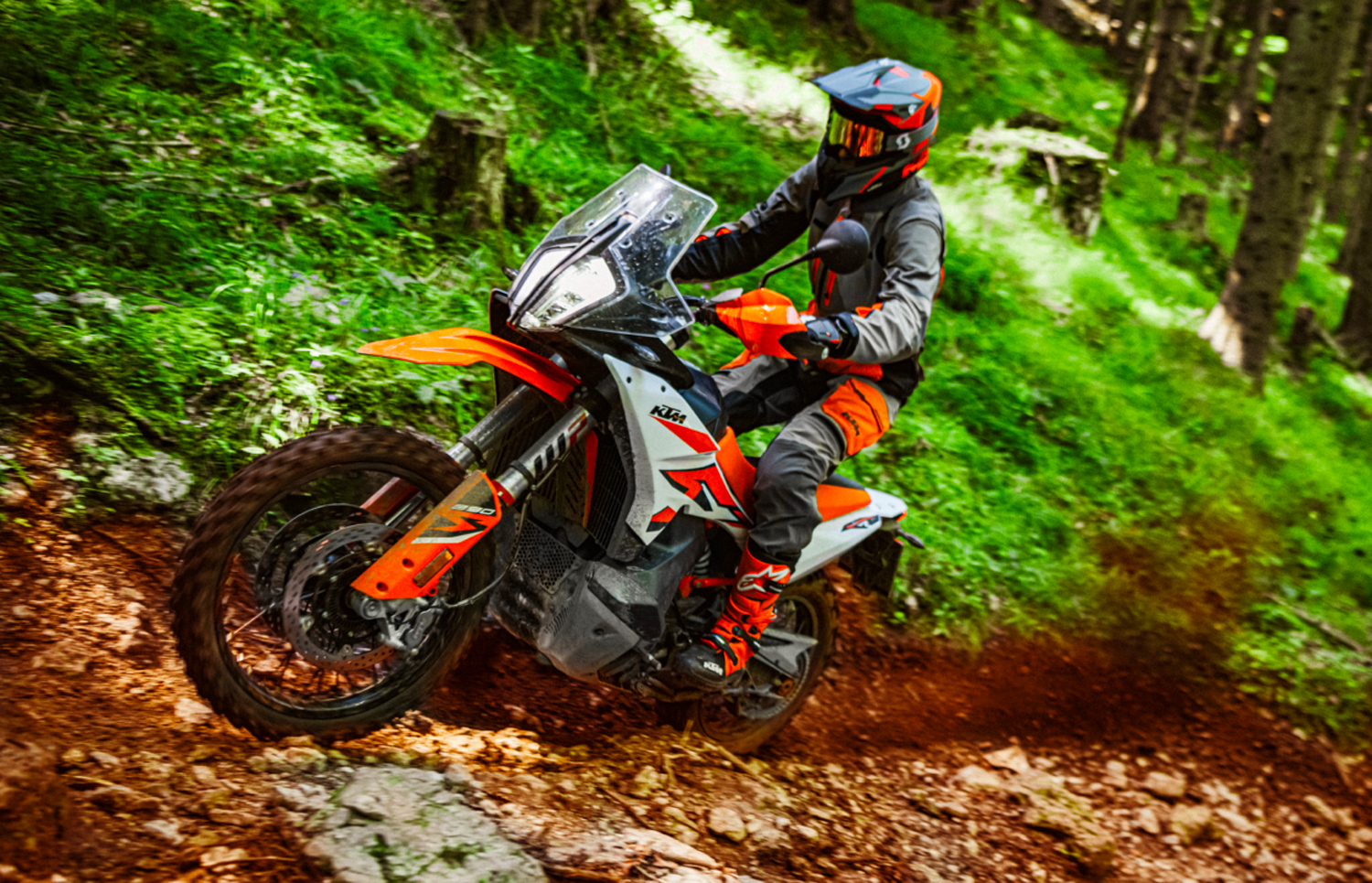
KTM’s thinking was that this allows new owners to “try before they buy,” which they thought would give them time to see if they really wanted all the bells and whistles before they committed their hard-earned, but for many it seemed more like a money grab or some kind of ransomware.
To use a hardware analogy, imagine if you got a new KTM and after a month or two some company mechanics turned up and started unbolting bits from your new bike. Depending on your mindset, this may be a welcome addition or one step away from extortion; even with my objectivity hat on, it seems to be rather heavily weighted in KTM’s favour. So much for customers always coming first. What are your thoughts? Let us know below…
4. Enforcing use of Proprietary Apps and Maps
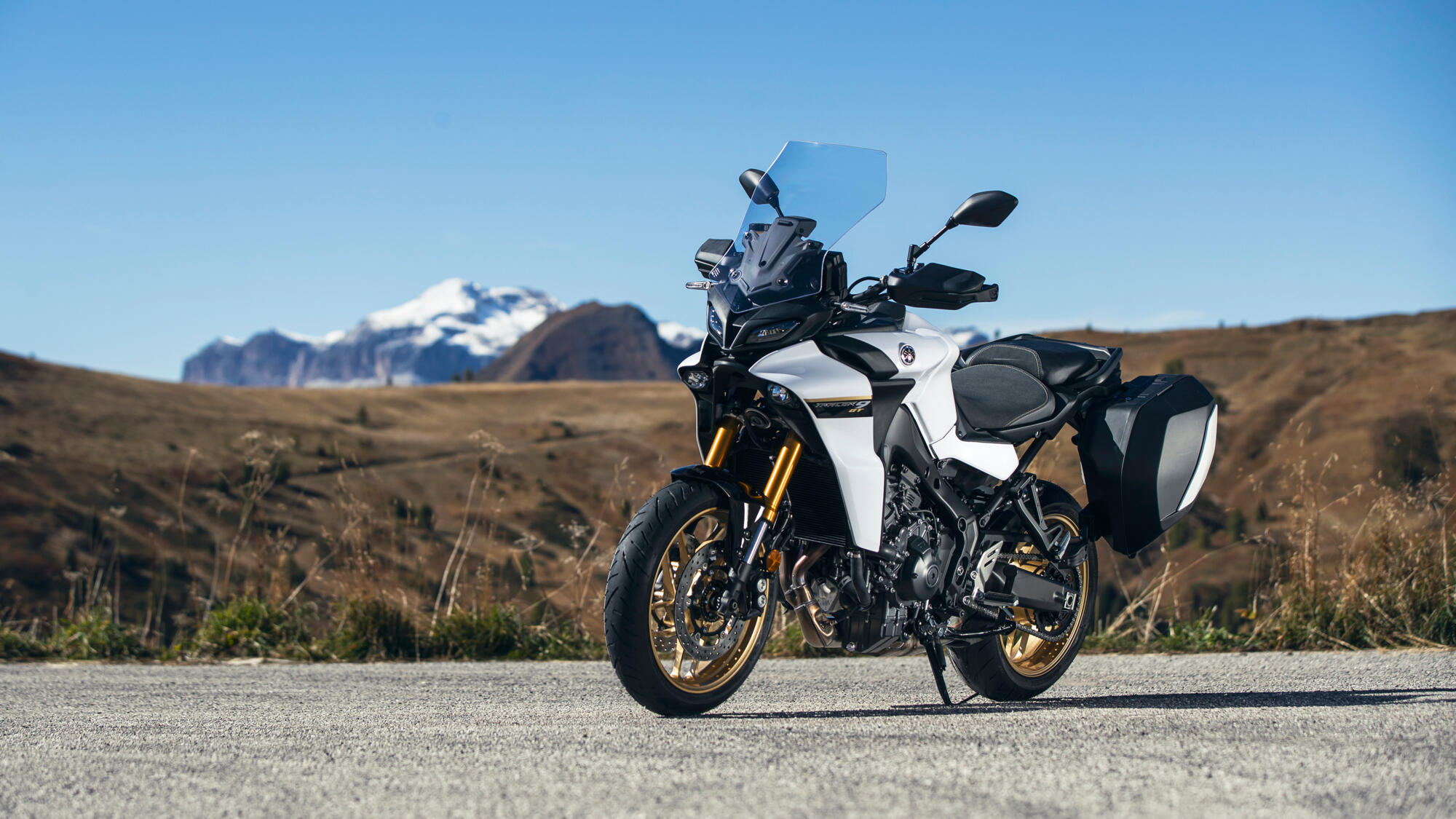
My daily driver Toyota RAV 4 has a feature where I can connect my phone to it and basically get the apps I use every day – like Google Maps – displayed on the car’s screen. But what’s the opposite of that useful and usable functionality?
What if my Toyota forced me to not only download their proprietary app to connect my phone, but then also made me sign up to a third party subscription service to be able to get the maps to display on the screen? It sounds a little crazy, but that’s exactly the process you’ll need to go through if you’d like to utilise the full map functionality of Yamaha’s latest bikes.
Sure, you may be into Garmin and you might also be happy to download the Yamaha app to help you with servicing and roadside assist, but why force the issue by not allowing alternate options for those many, many people who might prefer to use Google or Apple maps?
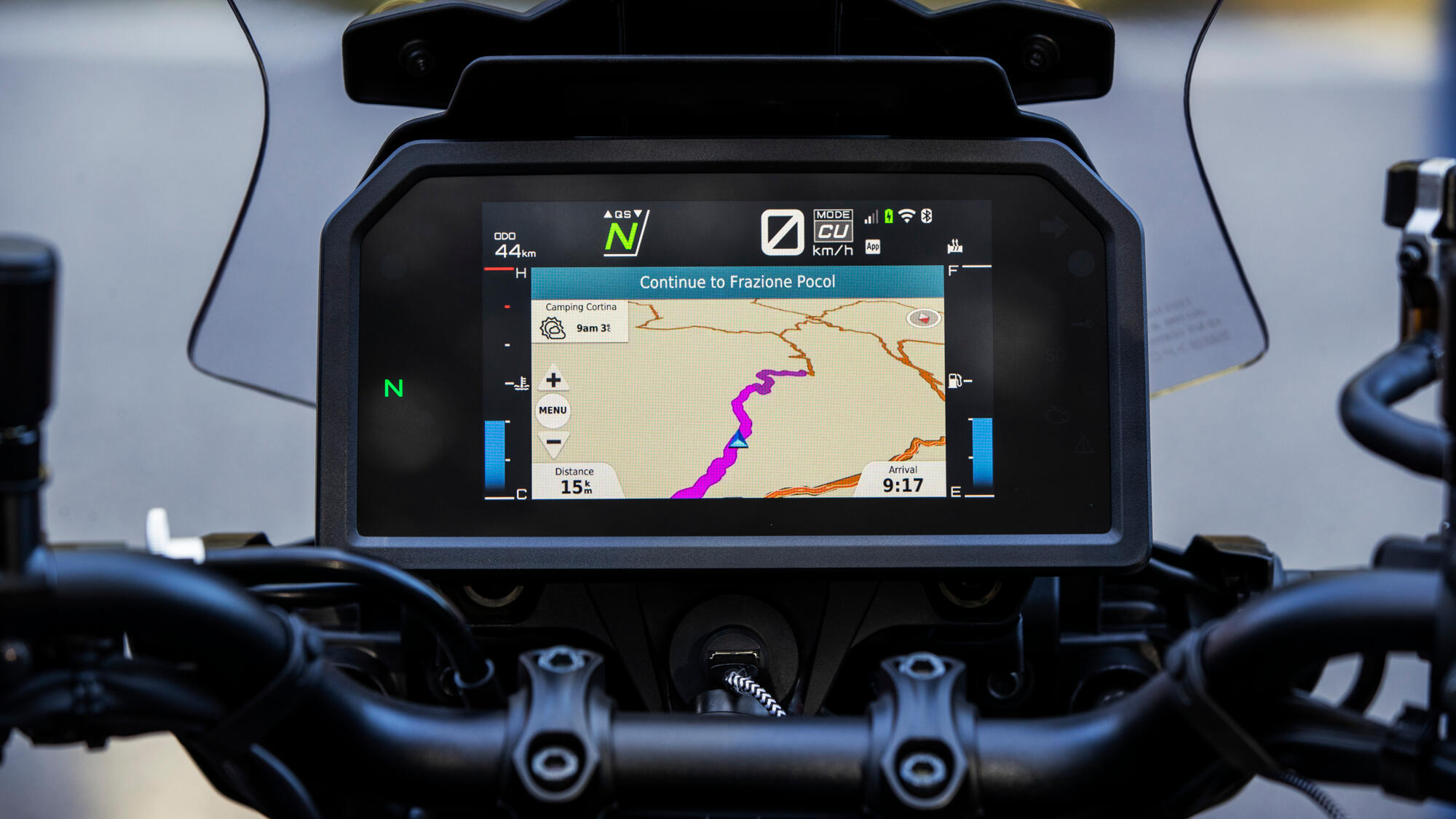
And for a usability obsessive like myself, the software that these companies are capable of producing is so clearly lacking when compared to the equivalent stuff Apple and Google are producing it’s frankly a little embarrassing.
Toyota’s homegrown maps software in the RAV 4 is uber basic and about 10 years behind the curve; I’d honestly only use it if my phone was flat or stolen. Sure, you could argue that Google has questionable data privacy practices and that you’d prefer not to have your private travel info sold to the highest bidder.
But my response to that would be that Garmin are – in my humble opinion – far more likely to suffer a data breach than Apple or Google are. I know who I’d prefer to have their grubby little hands on my data, and it isn’t Russian hackers.
So if my RAV four allows me to choose between Toyota, Apple or Google maps, why doesn’t my motorcycle?
3. MotoGP Aero & Winglets
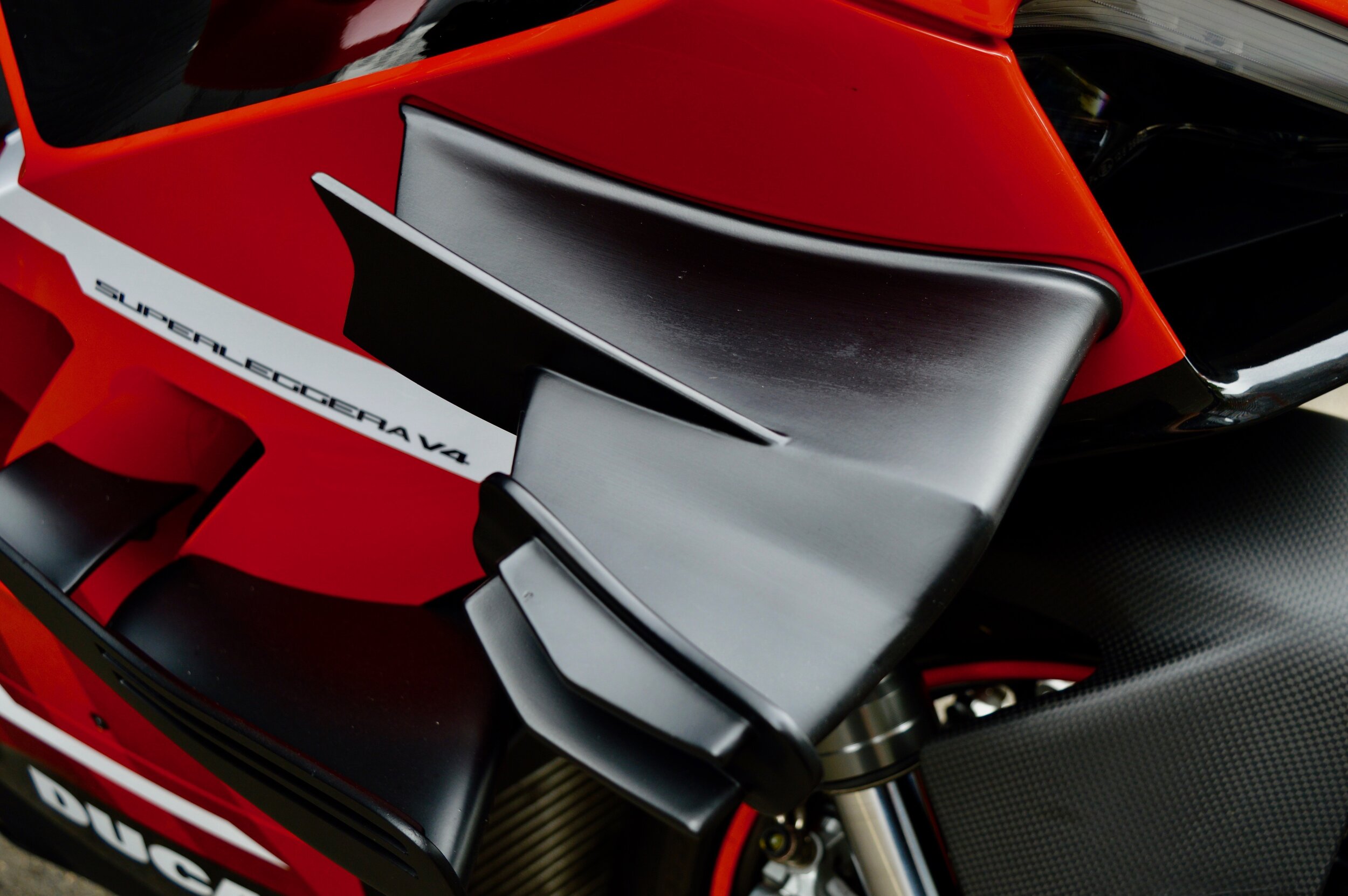
Coming hot on the heels of bookshelf spoilers on JDM Subarus and Hondas, now it seems we have a similar fashion taking hold in the sportsbike market. And while my grievances here may not be as fervent as the above two trends, I’m still left scratching my head.
Yes, I’m sure winglets are providing a measurable edge in the professional racing leagues where a 10th of a second can mean the difference between winning and losing. And you could probably even argue that their anti-wheelie capabilities may even give the casual Sunday track day fan a benefit. But for street bikes that rarely get above freeway speeds?
Surely that’s just a gimmick? I will admit that they do look cool, but if we follow the basic design rule that states all form should follow function, then do we really need winglets?
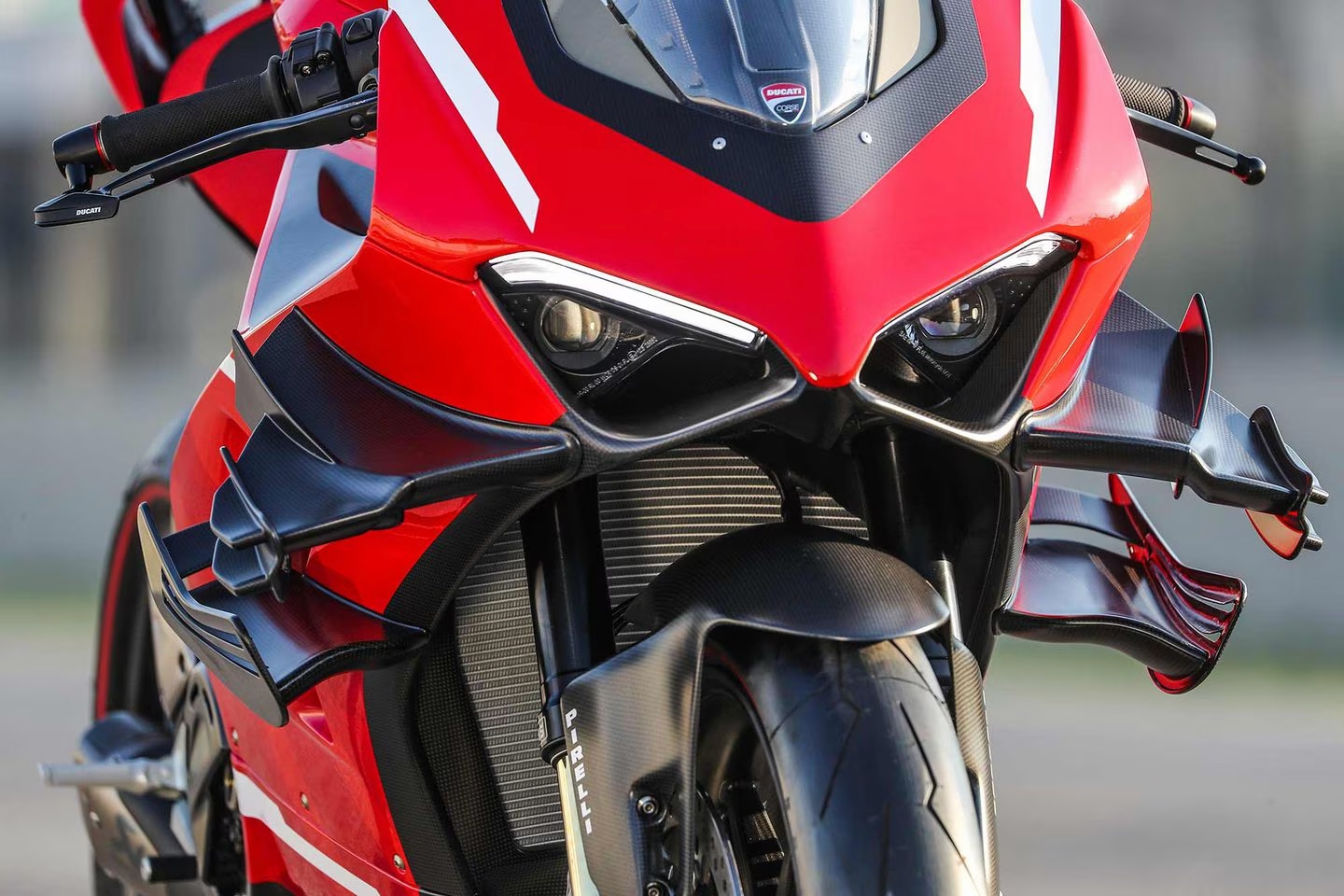
Surprisingly, my assumption that winglets only work at racetrack speeds was incorrect. Yes, they will work at public road speeds, but as the wind blast diminishes in direct proportion to your speed, the effects of winglets at city or suburban speeds can be fairly minimal.
And if one of their core functions is to reduce wheelies, and help you put more power down, what the hell are you doing wheelies on a public road for? There’s even talk of active aero that uses motors to extend winglets at high speeds.
Sure, if you want to have them and the associated weight increases on your bike, then by all means go right ahead. Hell, if it was between winglets and a Cookie Monster helmet cover, I’d go the winglets every time. Just as long as you are aware that you are paying for something that will have little to know real world benefits unless you’re a track day hero. But I guess the same argument is true for all those JDM Subies and Hondas, and it’s clearly not stopping them. At all.
2. Faux Scramblers
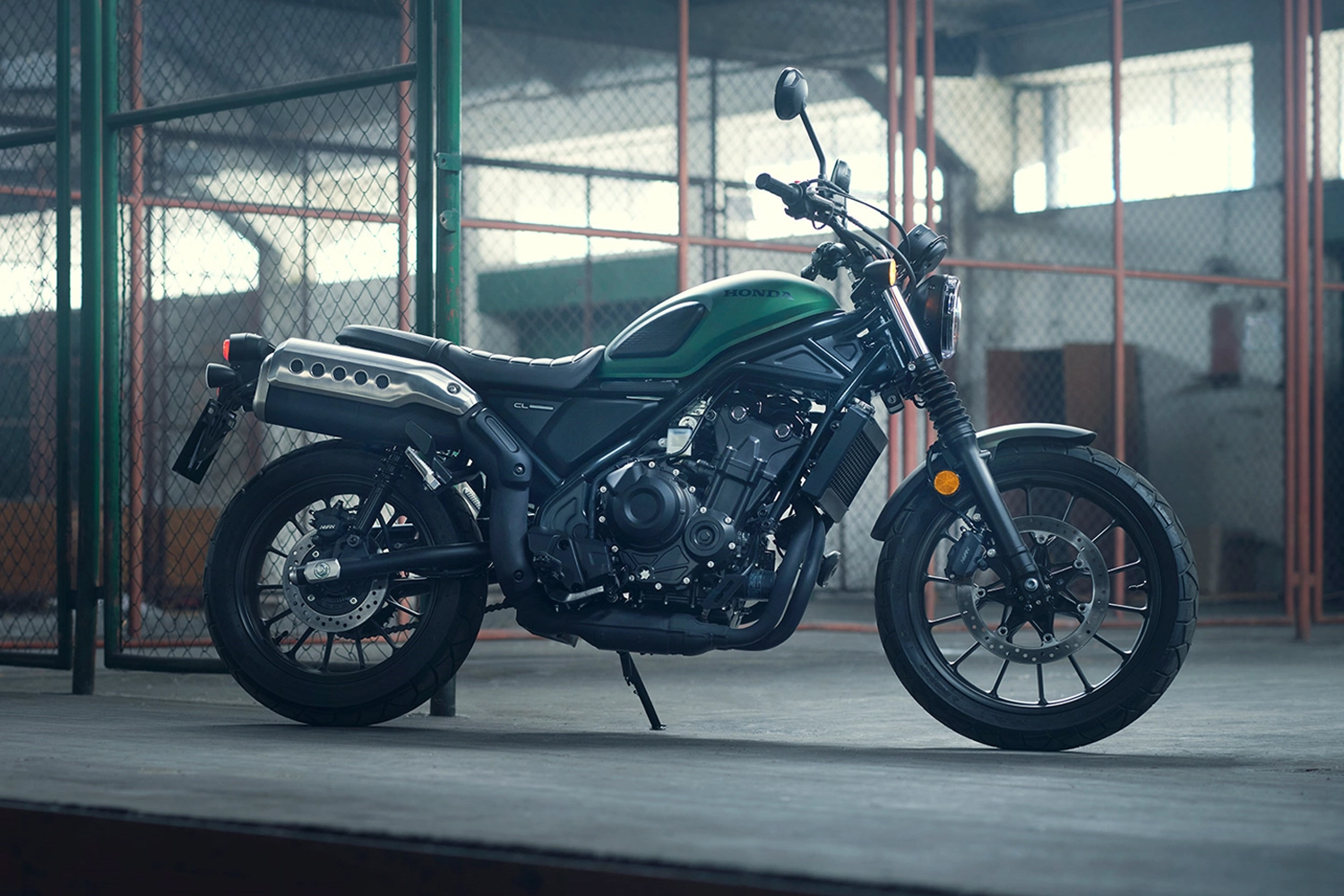
I love scramblers. If you asked me to name my top 5 all-time favourite bikes, the Steve McQueen Métisse Desert Racer would be somewhere very near the top. As would his offroad Husqvarnas and Triumphs. They are the stuff of legends and there’s little doubt that they changed the off-road scene forever.
So much so, in fact, that the recent rise of factory scramblers like the Honda CL500 and the Ducati Scrambler can more or less be directly attributed to classics like them. And while I’m the last person that would try and stop someone buying a motorcycle that they liked, I do wonder if this new “street scrambler” trend isn’t a little too pretentious and flawed to be self-sustaining.
Sure, many SUVs are little more than big cars with more space to put pedigree dogs in; the “sport” and “utility” initials that make up their name are often token at best. And as for their off-road ability, let’s just say that it’d have to be an unusually flat and very well-kempt dirt track for most modern SUVs to be able to handle it. Even the four wheel drive ones.
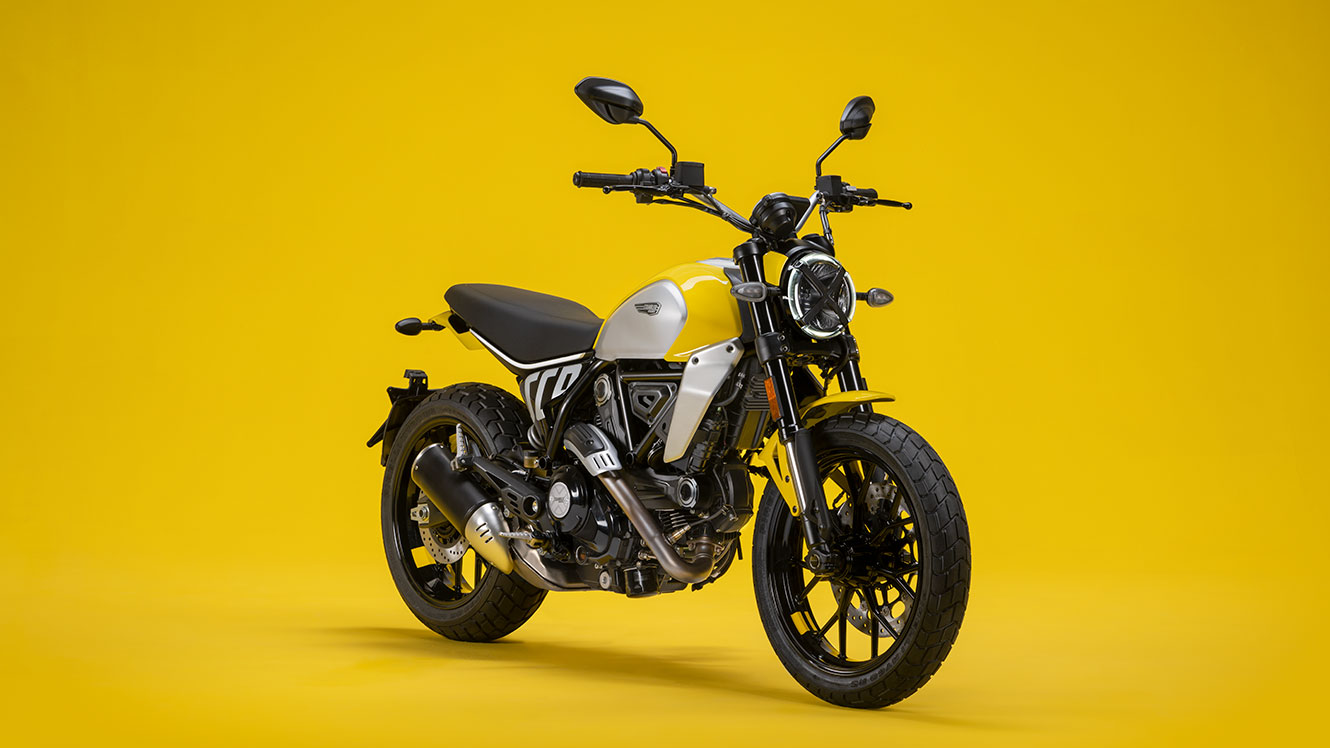
But isn’t the phrase “Street Scrambler” just another oxymoron like “deafening silence” or “military intelligence”? By the very definition of scrambling, you just can’t do it on the road… unless that road happens to be in or around Bakhmut.
Sure, there’s a little voice right now in my head telling me that I’m being too much of a zealot. And in a way I agree. It’s a free world and if you want to ride around on a faux scrambler knowing full well that it’d be about as capable off road as a Ducati Panigale, then that’s your choice.
But with a little more thought and effort, you could own a bike that could do both on and off road with fewer compromises and you’d probably not outgrow it as fast as you would a Ducati Scrambler, either. Suzuki DR-Z400 anyone? Or a second-hand Ducati Desert Sled? Or even a KTM 690 Enduro R. No, they aren’t textbook scramblers, but they will do scrambling if you want them too and that’s going to make you a better rider in the long run, too.
1. Fear of Electric Motorcycles
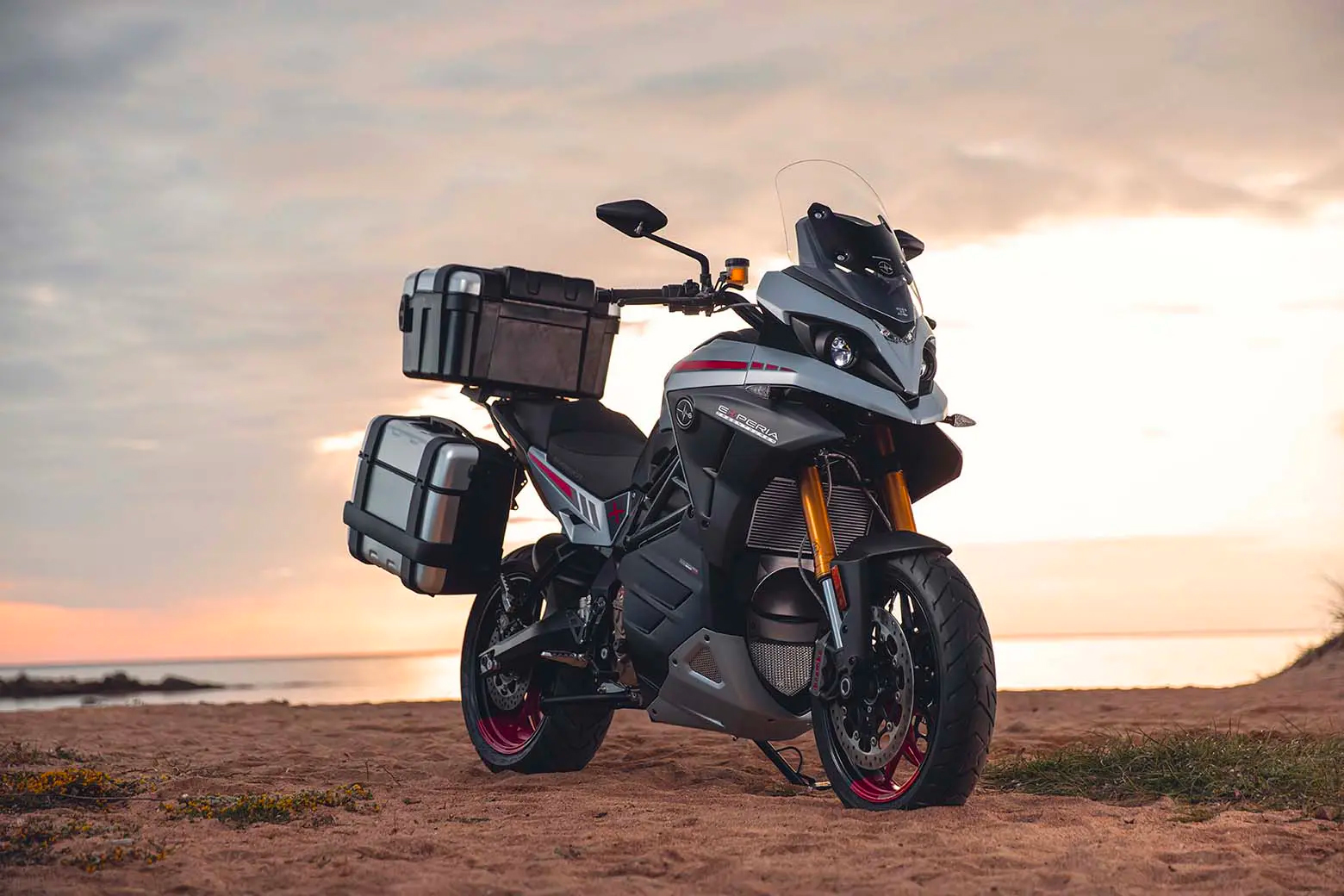
So Harley put their best foot forward with the Livewire and more or less failed. But at least they had the gonads to try. Now BMW have put a toe in the water (not the best metaphor for an electric vehicle discussion, granted) with their CE-01, but let’s face it; it’s more of a test case than a fully-blown tilt at making a proper, full-sized electric motorcycle.
So what’s the hold-up? Aren’t these the pillars of the moto manufacturing community who’ve been front and centre for 100 years with the latest tech and bleeding-edge designs? Then where’s my affordable, 300 km on a charge, 200 kg electric motorcycle?
It’s not like they’ve not had ample warning. Hell, we’ve been able to buy a Tesla in the US since 2008. But look at a list of 2023’s best electric motorcycles and BMW is the only recognisable name there amongst more start-ups than a Silicon Valley tech conference.
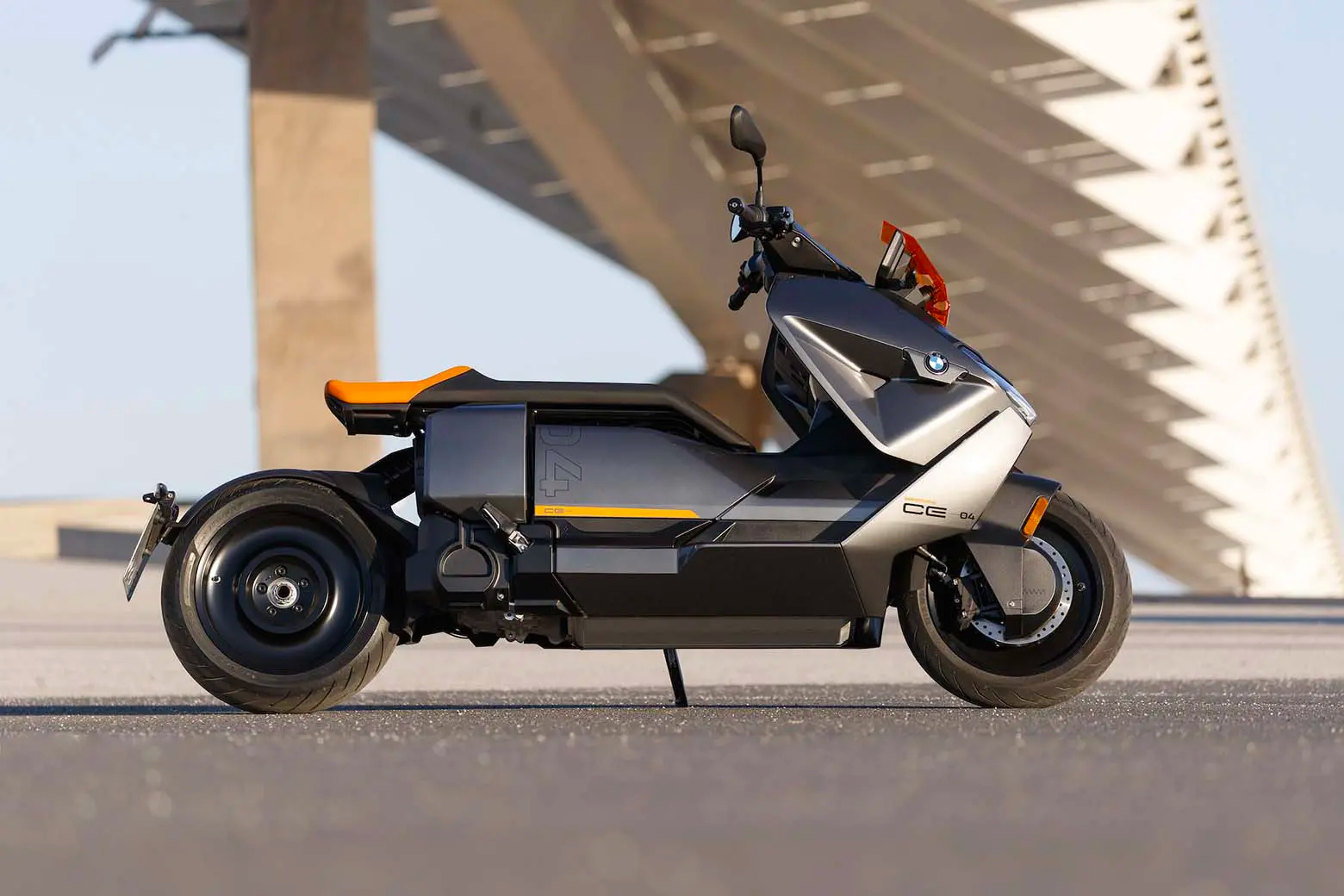
So if the big dogs with all the R&D moola are holding back, and the start-ups are taking all the risks but they have no cash, is it any wonder we’re not that much better off than we were last decade? I know it’s easier said than done, but all the major manufacturers have to show for themselves is one, solitary bike that’s more of a scooter than a real motorcycle contender.
No-one wants a repeat of the Livewire, but in the same breath the writing is clearly on the wall for internal combustion. Some European countries are talking about banning sales of these vehicles within a decade. So what are we waiting for? The future will be decided by those companies bold enough to take a risk, and not those who are more concerned about the status quo and uppity shareholders.
Besides, weren’t we meant to have flying bikes by now?


